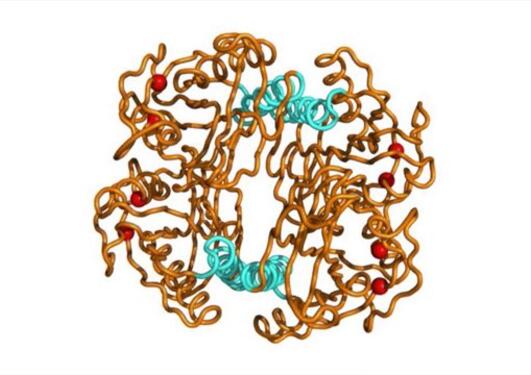New publication: Evolution of oligomeric state through allosteric pathways that mimic ligand binding
We have investigate the role of intrinsic dynamics involved in changing the oligomeric state via allosteric ligands or mutations in the PyrR family of proteins.

Hovedinnhold
Publication Abstract
Evolution and design of protein complexes are almost always viewed through the lens of amino acid mutations at protein interfaces. We showed previously that residues not involved in the physical interaction between proteins make important contributions to oligomerization by acting indirectly or allosterically. In this work, we sought to investigate the mechanism by which allosteric mutations act, using the example of the PyrR family of pyrimidine operon attenuators. In this family, a perfectly sequence-conserved helix that forms a tetrameric interface is exposed as solvent-accessible surface in dimeric orthologs. This means that mutations must be acting from a distance to destabilize the interface. We identified 11 key mutations controlling oligomeric state, all distant from the interfaces and outside ligand-binding pockets. Finally, we show that the key mutations introduce conformational changes equivalent to the conformational shift between the free versus nucleotide-bound conformations of the proteins.
Science 19 December 2014: Vol. 346 no. 6216 DOI: 10.1126/science.1254346
